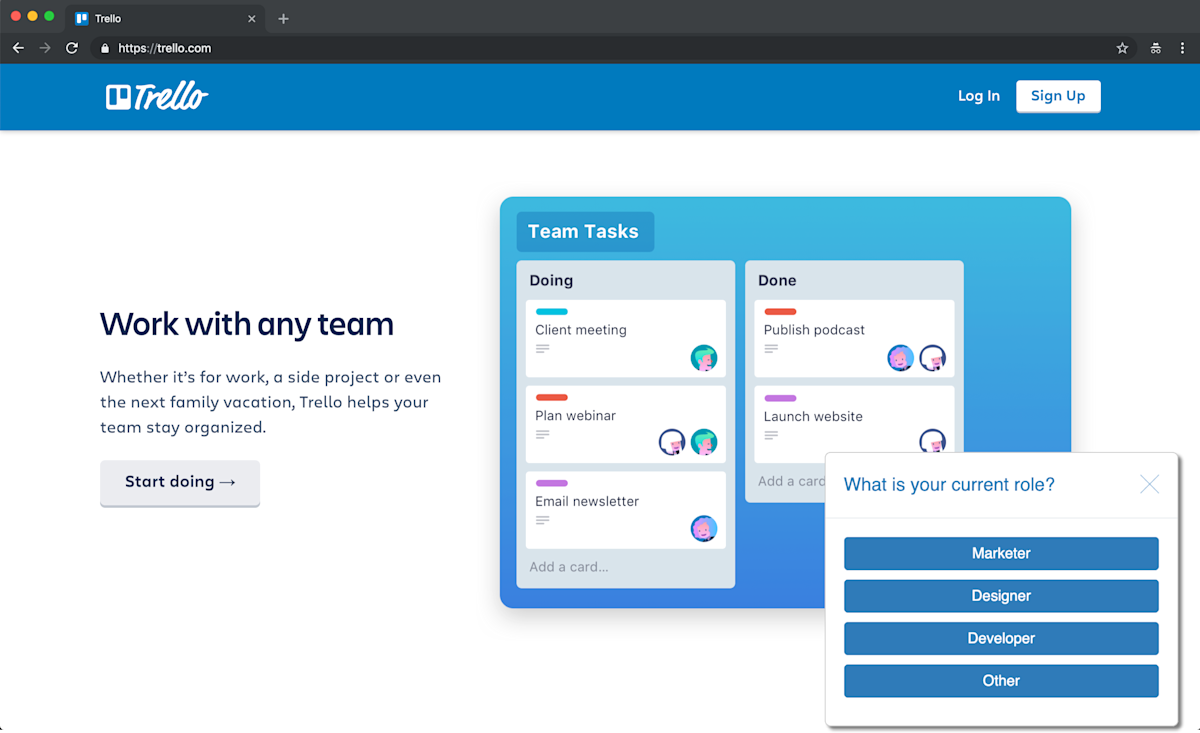These past two years have been pretty stressful for marketers across industries. Most B2C marketers had to wrestle with tight budgets as they pivoted to offer “lockdown-friendly” customer experiences. While their B2B counterparts dealt with dispersed buyer sets and higher customer acquisition costs. Just as the dust was beginning to settle, Google announced that it’s cracking down on 3rd party cookies in response to growing privacy regulations. This has put customer retention under the spotlight. Businesses are hammering in on increasing customer lifetime value (CLV), rather than solely focusing on acquisition.
2020 marked the start of this shift
According to Profitwell, customer acquisition costs (CAC) increased nearly 50% for both B2B and B2C between 2013 and 2018. This increased sharply in 2020, as COVID-19 measures drove more people to shop online. But the pandemic had other consequences too. Consumer optimism took a hit in most countries and buying behaviors changed drastically. According to McKinsey, over 65% of consumers are trying different shopping behaviors. Consumers also expect to cut back on spending on the whole, with the exception of China and India. Most have been far more willing to switch brands or retailers since the start of the pandemic as well, driven largely by better online shopping experiences.
To add to the complexity, the crackdown on third-party cookies is redefining online advertising and making it potentially harder to reach audiences online. While in the past, you could easily personalize ads and target audiences on third-party websites, this practice will soon be abandoned. Google will undoubtedly find new ways to help brands connect with their customers, but in the meantime, you need to work on your own data collection efforts.
It’s not all bad news though. With acquisition getting harder and more expensive, marketing teams have placed more focus on brand loyalty and retention. And the shift makes perfect sense. Today, we know that while new customers only convert with a success rate of 5-20%, selling to existing customers is successful about 70% of the time. In other words, it pays off to focus on retention. Of course, if you’re a small business, acquisition will still be your chief concern, but retention shouldn’t fall off your radar. Here are some ways you can use experience orchestration to support this shift and accelerate your retention engine.
Learn more about your existing customers
One of the biggest challenges with building brand loyalty programs is that we often don’t know our customers well enough. Customer satisfaction surveys are a handy tool. Ideally, we use them to collect detailed insights about the specific interests, needs, and challenges of our customers as well as their intention to continue the relationship. But getting customers to answer lengthy surveys is often difficult. Translating those insights into solutions you can implement is often challenging too. What if you could survey them as they browse on your website and provide instant satisfaction?
Let’s say you’re a B2B company with different customer personas. When they land on your site, you might know their location and referral path. If you’re using firmographic data, then you probably know their company name. But most likely, you might not have the complete picture:
- What’s their role?
- What are their challenges and what kind of content can help them?
- How likely are they to stick around?
At Unless, we developed a self-segmentation component that acts like a survey widget. Using this component, you can simply display a small pop-up to ask them about their needs. Besides helping you gather data for your loyalty program, you can immediately display relevant content based on your customer’s answers.
In the example below, you see a collaboration tool that is mainly targeted at marketers, designers, and developers. Using self-selection, Trello can ask the visitor about their role which will inform the company about their needs too. This allows Trello to personalize the content, explain the product from different perspectives, and highlight the right features and perks for the right customer. A developer might be more interested in what’s under the hood while a designer is likely to care about the interface and the UX of your tool.

You can apply a similar tactic in B2C as well. Below you see a website aimed at expats moving to The Netherlands and the company provides them with help regarding housing, finances, health, legal and more. But the kind of information they provide will differ based on the circumstances around the move. Is this person moving for a job or study? Are they moving alone, with a partner, with kids? All of this will impact the experiences and help the company can provide them with. And so, ExpatNL starts by asking them some simple questions and tailoring the website according to their needs.

If you already have a robust database and a good understanding of your customer groups, now is a good time to put that knowledge into use. You can use personalization to get them to the next step in their particular journey.
Personalize upsells and subscription offerings
If renewals and upsells are part of your business development strategy, personalization can be very helpful to make your offers appealing to existing customers. But not all of your customers are at the same journey stage. With Unless, you can use very detailed data about existing accounts (passed on via UTM parameters, one of our many integrations, or our API) to personalize your website. Think of account name, current plan, purchase history, funnel status, renewal date, etc.
Using this data, you can display personalized offers to drive loyalty. The company below sells a design software with monthly and annual subscriptions. Naturally, they put more effort into the upkeep and renewal of these annual contracts. As part of their process, they send personalized emails with renewal offers and leverage Unless to keep the experience consistent and the offer top-of-mind when these accounts land on the website.

Start 2022 strong
To wrap it up, yes acquisition is still important and you should focus on it, especially if you are a small or new business. But do not overlook retention where there might a lot of room for growth with fewer costs and a lot to gain. Remember, happy customers, are easier and cheaper to sell to. But more importantly, they can become your cheerleaders out in the world so make sure you are keeping them delighted.
We hope these examples help you craft a strong customer retention plan for 2022! If you’re curious about using a first-party tool like Unless to optimize the user experience of your website, contact us to book a call.




